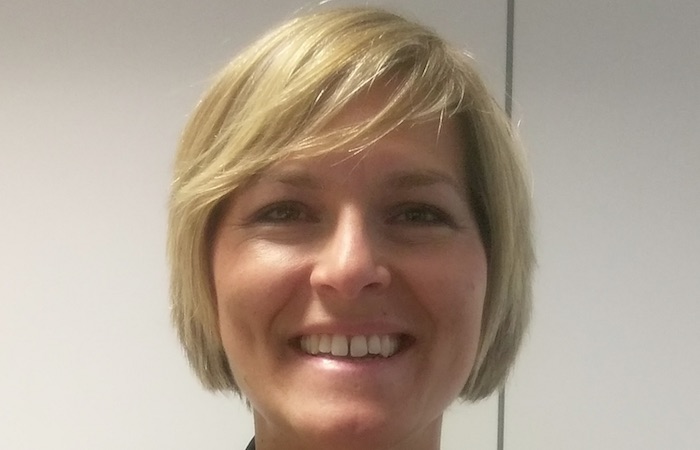
Employee Benefits Connect 2019: Siemens has seen a dramatic shift in the way it works, from the rise of competition from smaller organisations and start-ups, to increased globalisation and remote capabilities. To prepare for these changes, the organisation has overhauled its approach to reward and the employee experience.
As part of the performance stream at Employee Benefits Connect 2019 on 27 February, Heike Avramovic (pictured), head of reward and policy at Siemens, presented a session titled ‘Rethinking rewards for the future of work’.
She detailed some of the changes that had brought Siemens to the point it is at today: “Before, the big decisions were taken by our headquarters in Munich. That is not the case any more, we work internationally and very much remotely. Project teams are spread out and we use the intelligence we have [across] the whole [organisation] to bring things to life.”
Avramovic went on to share a number of initiatives Siemens has taken live as part of its changing approach to reward. One of these was the decision in 2017 to remove hierarchies and grading schemes for its senior managers, globally.
“These career ladders, we find in the future of work, they do not exist any more,” she said. “[A career] can go anywhere, and the [traditional] system doesn’t work any more, because it just goes straight up.”
The move from a focus on traditional hierarchies to a focus on the individual was met with concern by some, who felt their place in the system might become unsure. To help facilitate this change, Siemens used champions, ambassadors, and public support from executive leadership.
The organisation also made a wider commitment to flexibility and choice, taking into account the large variety of potential ways of working. It revamped its flexible benefits package, which in the UK is called ‘My Choice’.
“Flexibility and choice, for us, is a key success factor for rewards. If we can give flexibility to the people to modify their packages themselves, the better it is for such a diverse employee group,” Avramovic explained.
Siemens previously had a sturdy system of bi-annual enrolment, with a rigid process of approvals, annual reporting and annual total reward statements, which Avramovic reports was sufficient but in need of change.
When the organisation canvassed its employees, it found that core benefits were still important, but that health and wellbeing, and financial wellbeing, were becoming increasingly important. Flexibility and accessibility were also key.
Therefore, Siemens worked on updating its benefits website and allowing access at any time. The aim was to update the look and feel of the site, to provide a user-friendly consumer experience accessible on any device, and to create a hub for all resources relevant to the employee.
While some benefits, such as insurance products, are still restricted, for the most part staff can now make scheme changes, such as altering their pensions contribution, at any time. Total reward statements are also now updated on a monthly basis.
Other changes Siemens made to its benefits package include making holiday buy and sell provisions available to all employees, and launching free financial education via provider Nudge. The organisation also revamped its entire pension scheme, combining it with financial wellbeing strategy.
Using 26 different communications templates, depending on metrics such as age, current contribution rate and salary ranges, Siemens launched a tailored, action-orientated education campaign. Following this, 2,500 employees out of the 15,000 in the UK changed their pension contribution, with 90% increasing.
As a whole HR function, and specifically related to reward, Siemens undertook a branding campaign, #futuremakers.
“This Siemens employer brand supports our cultural change, from a [business] of making things to a fully digital business,” Avramovic explained. “We want to show that we are embracing digital transformation, but most of all, we want to showcase all of the great things our employees are doing. The whole campaign is about our employees, and not about the product. It’s about the great stories our employees can tell.”
Using the organisation’s website, employees are able to share pictures and videos, showcasing their work and themselves.
Avramovic concluded: “The future of work is already here; it will become more complex, but we have a lot of things we have to do now. Empowering technologies and real-time reward [are key].”